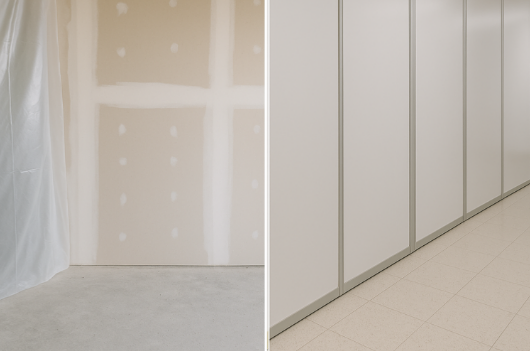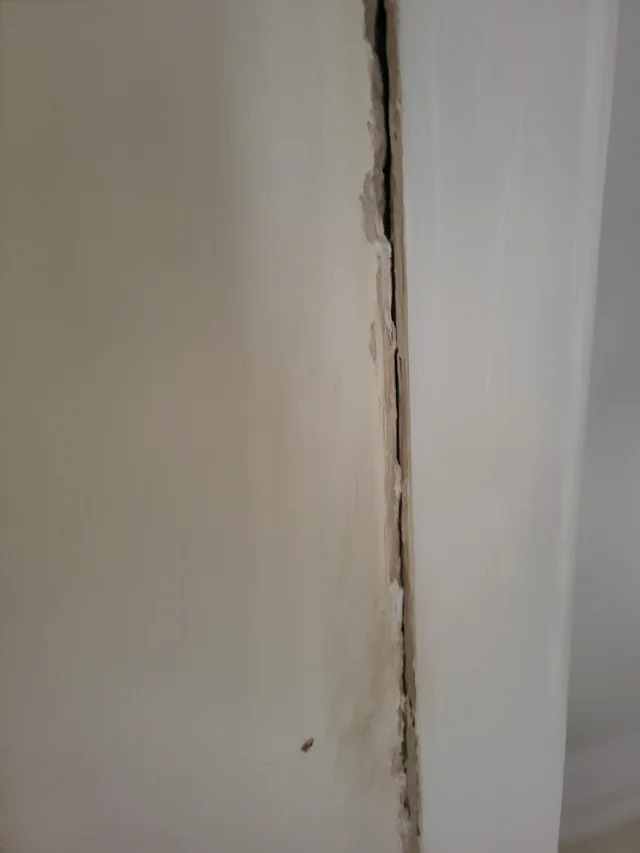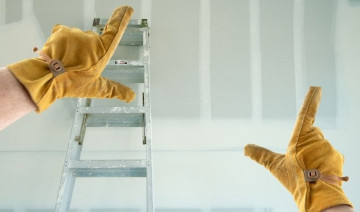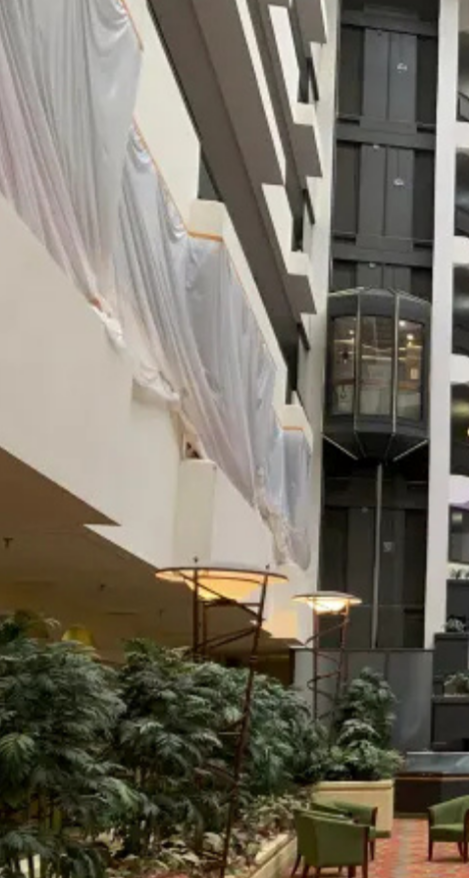Temporary wall systems play a crucial role in maintaining safety, cleanliness, and workflow continuity during renovations and construction projects. Especially in sensitive settings like hospitals, airports, and occupied commercial spaces, the wrong barrier can cause major setbacks. Whether you’re a general contractor or facilities manager, avoiding the most common mistakes with temporary containment can save time, money, and reputation. Let’s explore five critical missteps—and how to avoid them.
Mistake 1: Overreliance on Traditional Drywall

Drywall has long been used as a go-to material for temporary partitions. However, it comes with serious drawbacks: high labor costs, extended install/removal times, dust generation, and significant landfill waste.
🔹 Why it matters:
In healthcare and live operational spaces, drywall is disruptive and environmentally unfriendly. It also creates unnecessary cleanup and fails to support rapid reconfiguration needs.
✅ Solution:
Modern modular wall systems are purpose-built for temporary containment. They offer a faster, cleaner install, drastically reduce waste, and can be reused from one job to the next. These systems also allow for clean branding and a more professional appearance—important factors in high-traffic environments.
Mistake 2: Ignoring Compliance Standards Like ICRA

Especially in hospitals, cleanrooms, or biotech spaces, contractors must follow strict containment protocols such as the Infection Control Risk Assessment (ICRA) Class IV or V standards.
🔹 Why it matters:
Non-compliance can result in failed inspections, work stoppages, and regulatory penalties. In healthcare, it’s not just about the look—it’s about patient safety.
✅ Solution:
Always review the project specifications in detail before selecting a barrier system. Ensure that the product is rated and tested for ICRA compliance. Partner with a provider who understands medical containment standards and can supply documentation or test results to prove compliance. External Link: Learn about ICRA standards →
Mistake 3: Poor Installation and Sealing

Some contractors treat containment like visual separation—but a poor seal can render the wall useless for air quality, infection control, or debris isolation.
🔹 Why it matters:
Gaps around ceilings or floors allow contaminants to spread, defeating the purpose of isolation.
✅ Solution:
Ensure walls are compression-fitted floor-to-ceiling and follow the manufacturer’s installation manual. Use weighted baseplates, lateral bracing, or stabilizers as needed—especially in open ceiling areas like airports or mezzanines. Air scrubbers and negative pressure machines should be connected properly to maintain compliance.
Mistake 4: Not Planning for Change Orders or Reconfiguration

On long or phased projects, it’s common to need layout changes or access to previously closed areas.
🔹 Why it matters:
Rigid or disposable barriers like drywall or taped poly sheeting offer no flexibility. Every change results in more labor, waste, and delay.
✅ Solution:
Reconfigurable modular wall systems allow teams to adjust, remove, or relocate sections with minimal tools and downtime. Some even offer rolling doors or swing panels for daily access. This flexibility becomes a huge value-add on fast-moving job sites.
Mistake 5: Undervaluing the Professional Appearance

Temporary walls are often the first thing tenants, clients, or patients see during a renovation. Poorly maintained barriers or torn plastic send the wrong message.
🔹 Why it matters:
Unprofessional setups reflect poorly on the GC and can lower client trust—especially on repeat business or brand-sensitive jobs like retail or hospitality.
✅ Solution:
Opt for professional-grade modular walls that are built to look clean and polished from day one to day done. These panels resist scuffs, maintain a neat appearance, and in many cases, can even be branded with your logo. Clients appreciate the investment in quality—and you get the benefit of standing out from competitors.
Conclusion
Avoiding these five common mistakes helps contractors maintain clean, code-compliant, and efficient job sites. Whether you’re renovating an airport terminal or replacing infrastructure in a hospital wing, the right temporary containment strategy can set your project apart.
Need clean, compliant, and professional temporary walls for your next project?
Contact Construction Containment Services to rent or purchase high-quality modular wall systems across the Bay Area. Want to join our team? See current subcontractor roles →


